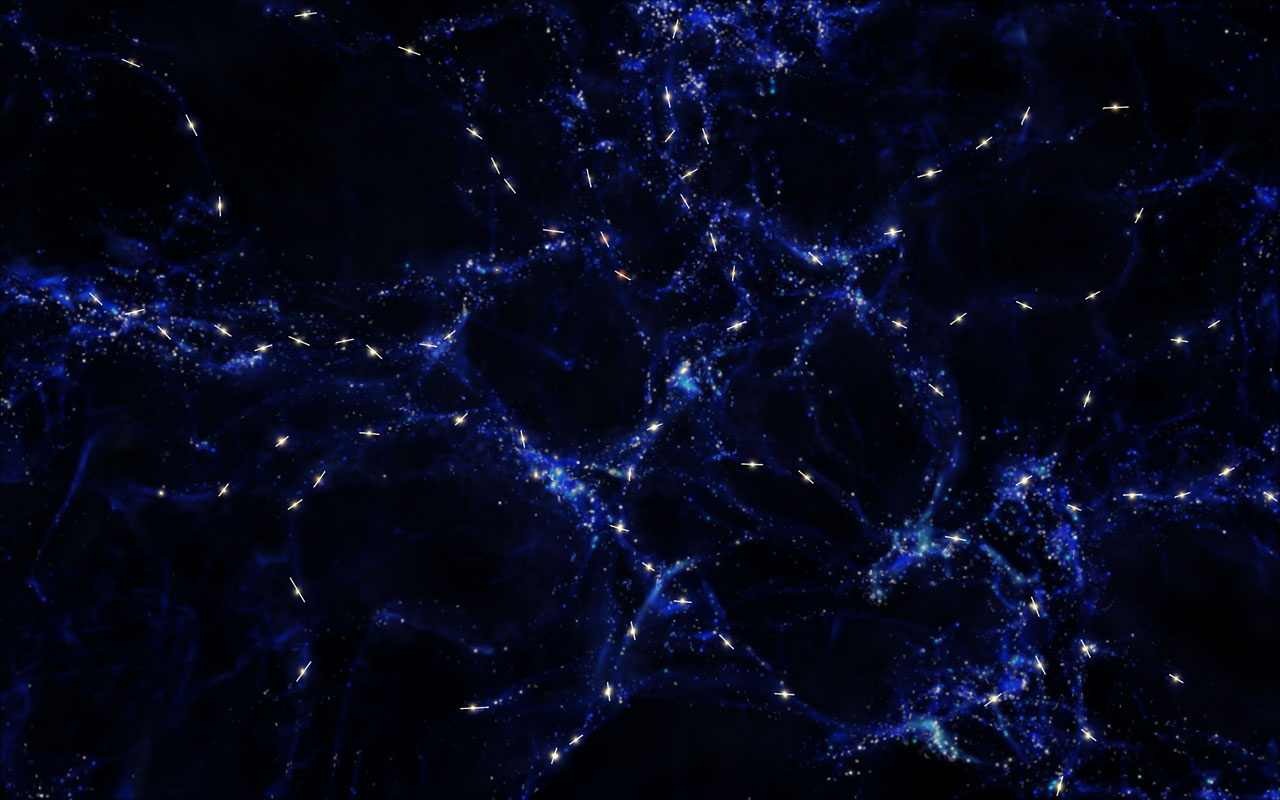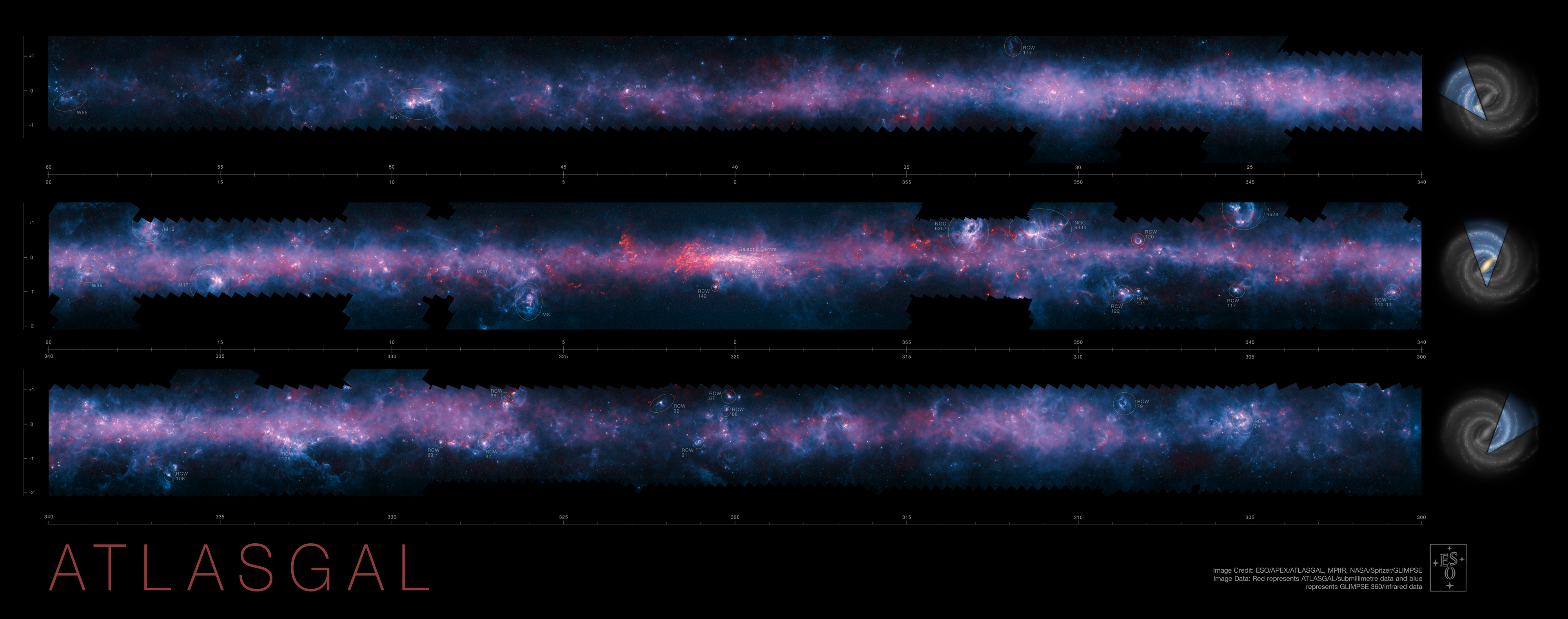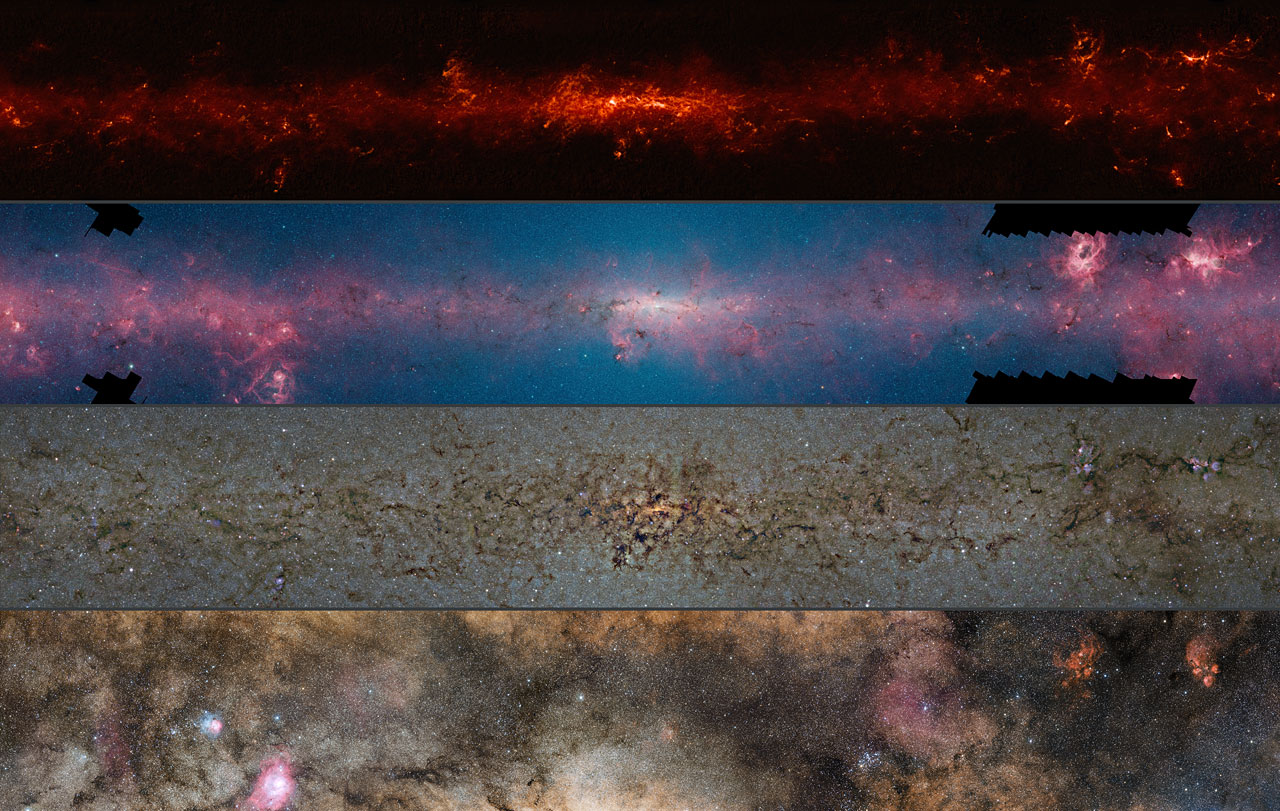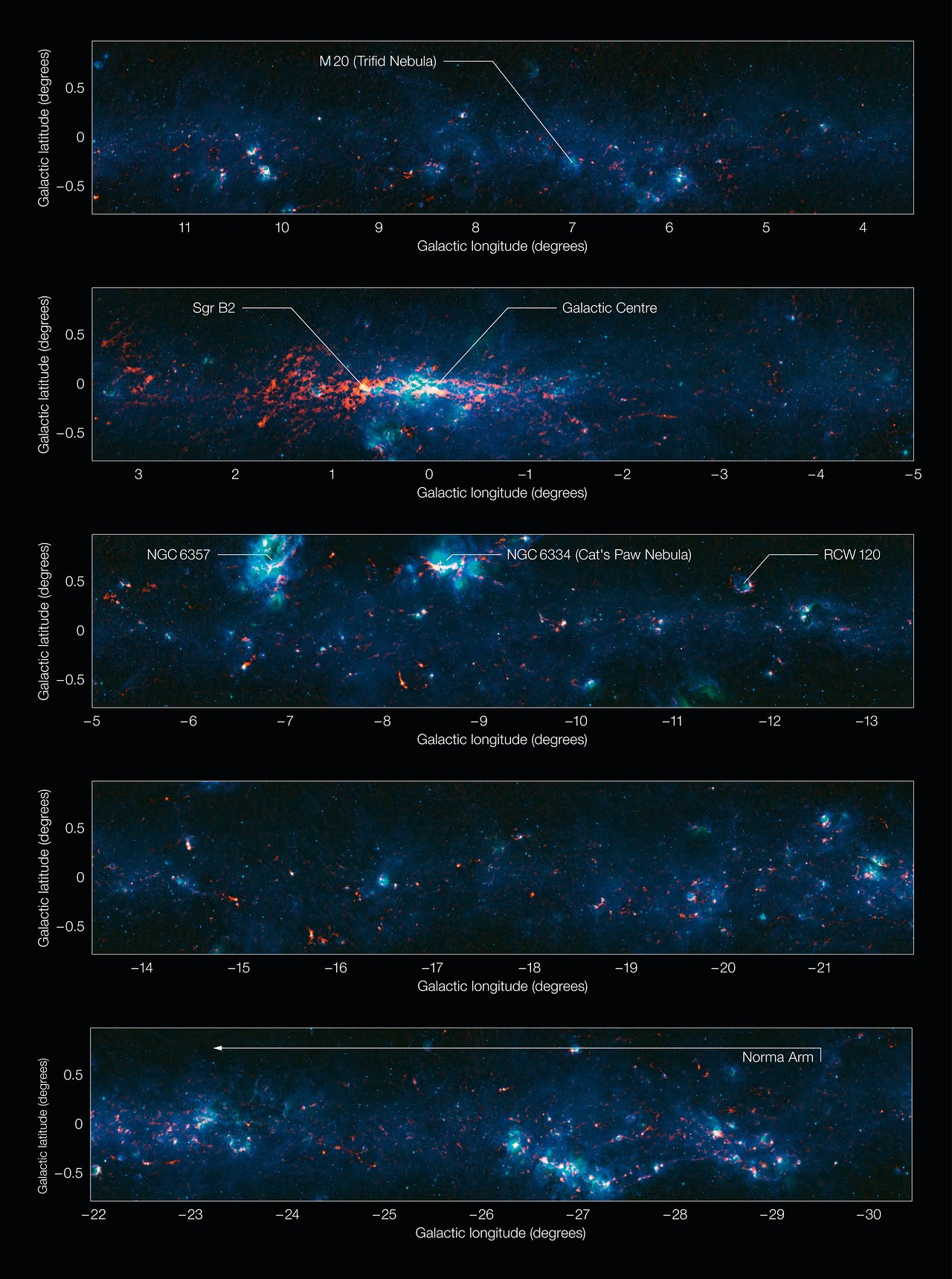- Joined
- Sep 1, 2010
- Messages
- 7,023 (1.31/day)
Scientists have created the first map of a colossal supercluster of galaxies known as Laniakea, the home of Earth's Milky Way galaxy and many other.
The scientists suggest that Laniakea may even be part of a still-larger structure they have not fully defined yet.


Now just imagine how tiny we are
My head hurts. Here's the video
The scientists suggest that Laniakea may even be part of a still-larger structure they have not fully defined yet.


Now just imagine how tiny we are
Milky Way galaxy resides in the outskirts of the Laniakea Supercluster, which is about 520 million light-years wide. The supercluster is made up of about 100000 galaxies with a total mass about 100 million billion times that of the sun.
My head hurts. Here's the video



 But scientists created online tool!
But scientists created online tool!







